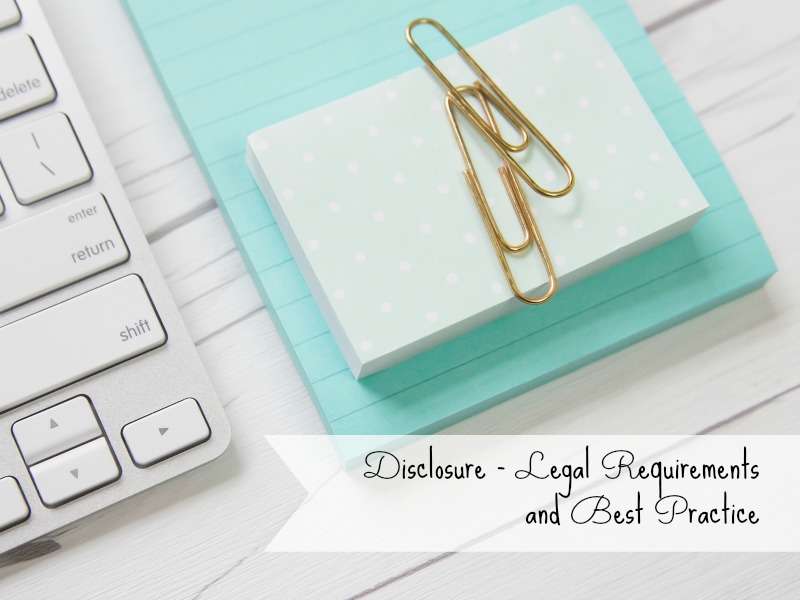There is so much confusion around legal requirements for disclosure verses the guidelines set out by other influential organisations, so we thought we’d break it down.
The legal requirements
In the UK at least, the legal requirements are set out by the Advertising Standards Organisation (ASA). They require you to disclose when you do a sponsored post, but how you do that is up to you. If you are told what to say by the brand, or required to include certain links, then you must make these obvious and clear that they are sponsored. For more background in the sort of thing that is considered when deciding whether something should be disclosed, check out this post about how a tweet by someone working with a brand had to be removed.
The disclosure should be obvious – so using the hashtag #ad in a tweet or Instagram post is sufficient. While it’s not a requirement yet, we suspect that putting a very obvious disclaimer at the start of a post will soon be the norm – things like c/o or using a symbol may not be enough.
The CMA have also raised the importance of disclosure recently, so it’s important for blogs to get this right now, so there’s no problems when more formal requirements are brought in.
The optional, but important requirements
Google prefers that you mark items sent for review or links that have been bought with a nofollow links. However it’s important to note that it is not illegal to use follow links. We’ve seen so much confused advice that you can’t use follow links or the ASA will go after you. Nofollow links are not seen by the reader, but by search engines.
So, in basic terms: legally, you should disclose, for best practice, you should use nofollow links. Both are a form of disclosure, but where one is only for machines, the other is for the readers and that’s the one that you need to concentrate on.
If you’re not sure, please ask! You won’t be the only one wondering that question, and it’s so important that bloggers help out others!







One Comment